Your basket is currently empty!
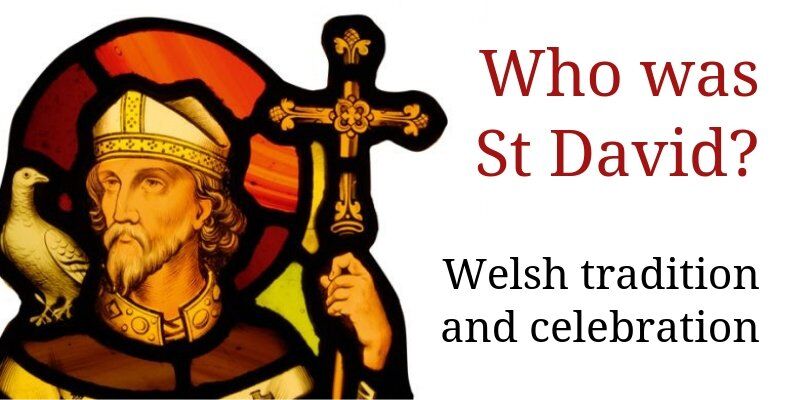
Who was St David?
Posted on
Who was St David? Many people have heard of St David’s Day: it is celebrated on March 1st every year, to mark his death on this day in 589. It is when David, as the patron saint of Wales is honoured. To celebrate, we have put together some top facts about this special day in the Welsh calendar.
Who was St David?
David was declared a saint in 1120 by Pope Callistus II.
St David (Dewi Sant) was a Celtic monk, abbot and bishop, who lived in the sixth century. He spread the word of Christianity across Wales. According to legend, his mother (St Non) gave birth to him on a Pembrokeshire clifftop during a fierce storm. The spot is marked by the ruins of Non’s Chapel, and a nearby holy well is said to have healing powers.
The most famous story about Saint David tells how he was preaching to a huge crowd at Llanddewi Brefi when the ground rose up. In this way, he was standing on a hill and everyone had a better chance of hearing him. A white dove, which was supposedly sent by God, settled on his shoulder. In fact, he is the patron saint of doves (and poets). He is associated with many miracles and is said to have lived to more than 100 years old!
In his lifetime, St David became a renowned preacher. He founded monastic settlements and churches in Wales, Brittany and southwest England. St David and his monks followed a simple, austere life. They ploughed the fields by hand, rather than using oxen, and refrained from eating meat or drinking beer.
On the Sunday before his death, St David preached to his followers. He used the following words: ‘Be joyful, keep the faith, and do the little things that you have heard and seen me do.’ The phrase ‘Gwnewch y pethau bychain mewn bywyd’ – ‘Do the little things in life’ – is still a well-known maxim in Wales.
What does the flag of St David look like?
The flag of St David is not actually the same as the flag of Wales. In fact, the St David flag is a yellow cross on a black background, whereas the Welsh flag displays a red dragon on a green and white background.
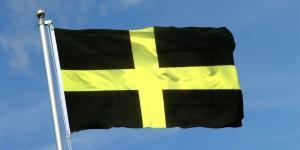
Why is the Welsh flag not represented on the Union Jack?
The Welsh dragon does not appear on the flag because when the first Union Flag was created in 1606, Wales was already united with England and had been since the 13th century. So, this meant that Wales was a Principality instead of a Kingdom, and as such could not be included. Also read ‘what is the correct way to fly the Union Jack’.
What is the national emblem of Wales?
Wales has not one emblem but two, both of which are plants – daffodils and leeks. St David’s Day is commemorated by the wearing of daffodils or leeks.

The Leek
There are many explanations of how the leek came to be adopted as the national emblem of Wales.
For example, one is that St David advised the Welsh, to wear leeks in their caps on the eve of battle with the Saxons. In this way, they could distinguish friend from enemy. Plus, Shakespeare mentions in Henry V, that the Welsh archers wore leeks at the battle of Agincourt in 1415.
Another possible connection is that St David himself was reputed to have consumed only leeks and water – which is perhaps why the leek became a national symbol of Wales.
Does Wales have a national costume?
It most certainly does! The national dress consists of a tall black hat, white frilled cap and long dress. The photograph below was taken int he 1920s, depicting the Welsh national costume being worn.
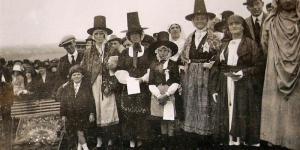
Are you tracing your Welsh ancestry?
Family research is more popular than ever and programmes such as the BBC’s ‘Who Do You Think You Are?’ are tremendously popular. Here at Hall of Names, our aim is to provide background information for your search, to add even more colour to the story of your name. Our surname history prints will give details of a particular surname’s origin, including lots of background information about the name. Details include early origins, migration to the New World, famous bearers of the name and much more. We even include the earliest coat of arms relating to a bearer of the name, and lovely border graphics to celebrate your Welsh name’s origin. Read all about how we create our scrolls.
Plus, we have a great blog post, How To Trace Your Welsh Ancestors, kindly provided by ‘Who Do You Think You Are?’ Magazine. This article has lots of useful and information and top tips for tracing your Welsh ancestry. We have a great range of products relating to your Welsh ancestry. Visit our shop to view the full range.


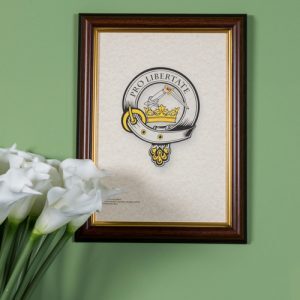

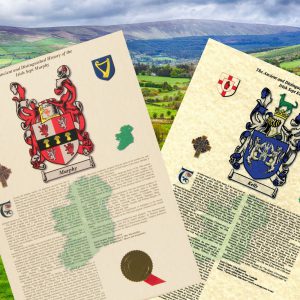

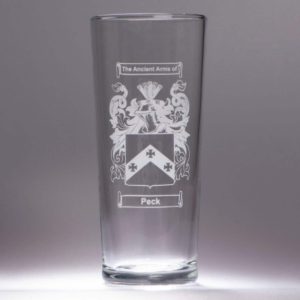
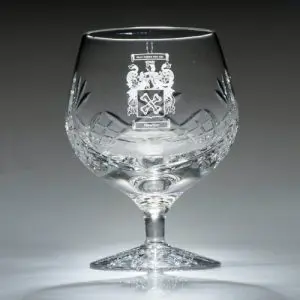



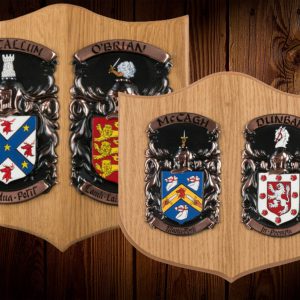


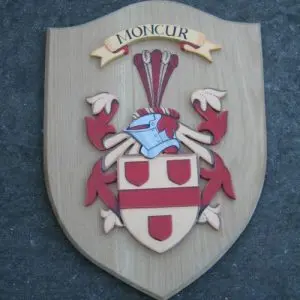


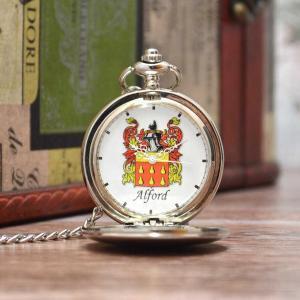

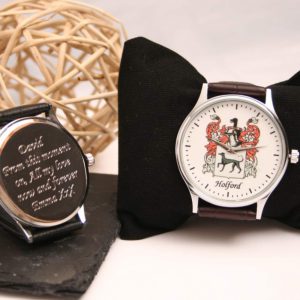


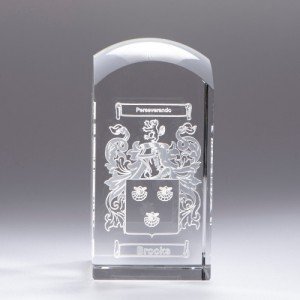










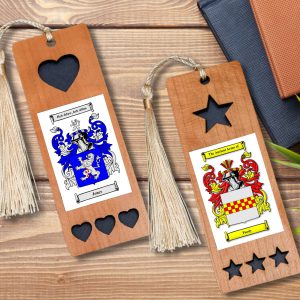





Leave a Reply